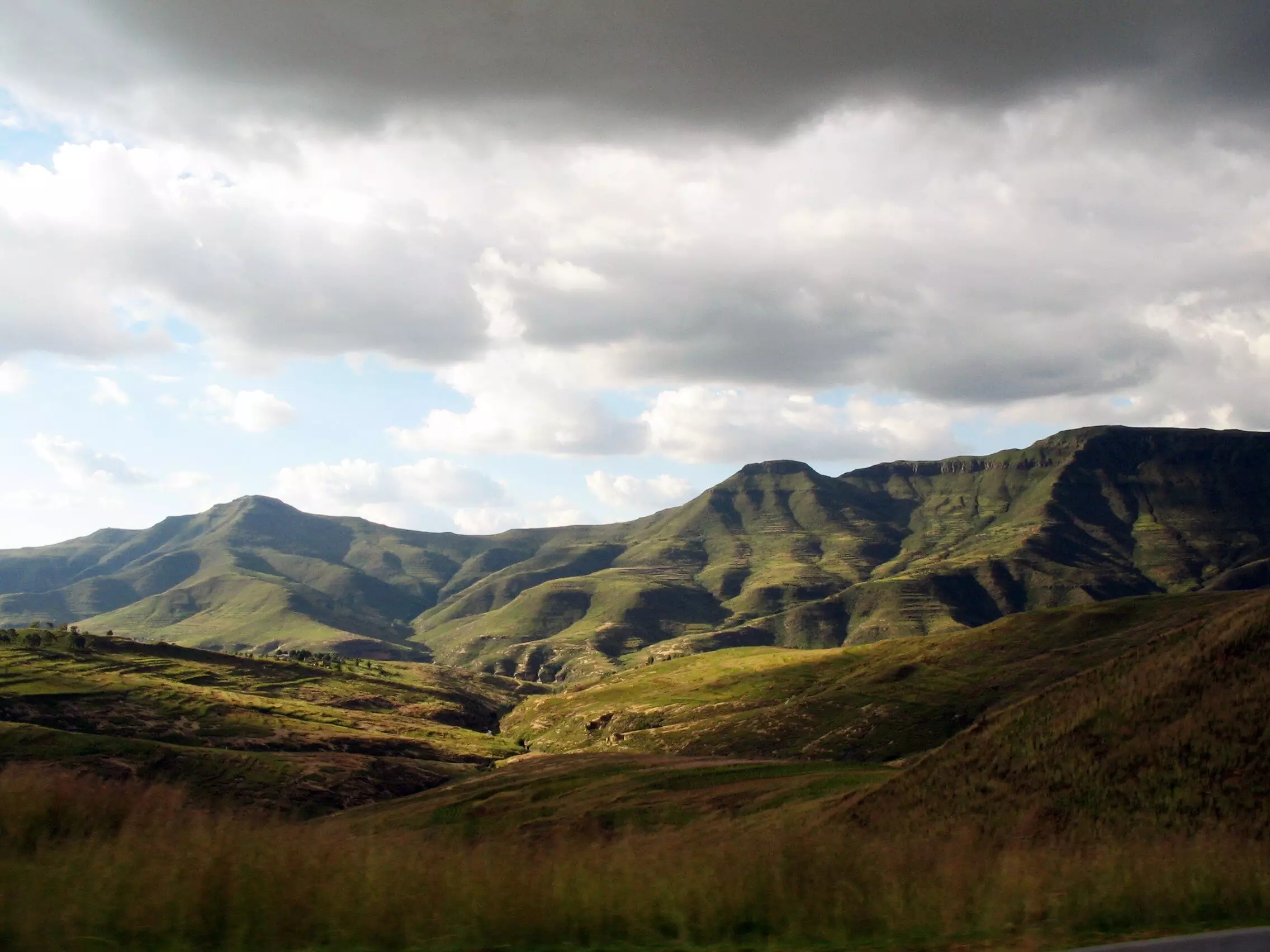Plate tectonics, the grand framework that explains the movement of Earth’s lithospheric plates, has always been a field fraught with enigmas. Among these puzzles is the behavior of cratons—stable sections of continents that, contrary to their categorization, can undergo significant uplift and erosion over geological time scales. Recently, researchers from the University of Southampton made headway in resolving one of the most intriguing questions surrounding the mechanics behind how continental masses gradually evolve to form striking geological features like plateaus and escarpments. Understanding these processes not only enriches our knowledge of Earth’s geological history but also sheds light on how these features influence various ecosystems and climate patterns.
The significant breakthrough presented in a recent study examined the integral role that deep mantle dynamics play in the vertical movements of cratons. Coordinated by Tom Gernon and a team of dedicated geoscientists, the research establishes a novel connection between tectonic rifting and the resulting surface uplift. These findings, published in the esteemed journal Nature, propose that the fracturing of tectonic plates releases intense seismic waves that prompt the ascent of continental surfaces. The researchers meticulously gathered data over hundreds of millions of years, utilizing advanced computer modeling and statistical analysis to unveil the underlying mechanics driving these geological transformations.
What distinguishes this study is its comprehensive approach: not only does it connect the dots between tectonic activity and surface changes, but it also explores how these shifts propagate over considerable distances, forming elevated landforms that have profound implications like the Central Plateau of South Africa. By examining the behavior of mantle waves triggered during rifting, the study posits that these waves are akin to disruptions that ripple through the Earth’s foundational layers.
Central to the research is the idea of isostasy, a process whereby the loss of mass from continental roots allows the land above to rise. This phenomenon can be visualized similarly to how a hot-air balloon ascends as it sheds weight. The team led by Professor Sascha Brune suggests that the stretching of continental crust during tectonic rifting incites stirring movements within the mantle, culminating in substantial geological outcomes that manifest on the continent’s surface. Moreover, the simulations reveal that the migration speed of mantle disturbances is closely aligned with erosion events observed in Southern Africa, illustrating a direct correlation between deep Earth processes and terrestrial topography.
In practical terms, these insights challenge the long-held notion of cratons as simple, unchanging entities resistant to external influences. Instead, the findings underscore that even regions characterized by stability are susceptible to dynamic change, driven by tectonic activities thousands of kilometers away. The implications of this research ripple far beyond academic interest: it potentially affects our comprehension of natural resources and biodiversity as these geological shifts can alter landscapes, ecosystems, and hydrological patterns.
Particularly compelling is the way this study examines the interaction between tectonic activities and landscape evolution over astronomical timeframes. As the continental crust thins and spreads, mantle processes not only elevate landforms but also orchestrate waves of erosion, gradually reshaping the surface. The investigation demonstrates that a combination of erosional processes and the underlying mantle dynamics leads to the formation of both escarpments and expansive plateaus, illustrating a complex interplay between surface and subsurface forces.
Furthermore, this groundbreaking research aligns the scientific understanding of the tectonic processes with broader themes in environmental science. For instance, Professor Gernon emphasizes how these dynamic shifts impact ancient climates, hinting at a profound connection between geological metamorphosis, ecological frameworks, and human settlement patterns.
The Ripple Effects of Tectonic Activity
The ramifications of these discoveries extend into multiple disciplines, from geology to environmental science and beyond. As contemporary scientists become increasingly aware of the interconnectedness of Earth’s systems, the implications of these findings may influence future investigations into climate change, resource distribution, and ecological stability. Understanding how tectonic upheavals influence surface processes can illuminate our understanding of regional climates and biological diversity.
The groundbreaking work carried out by the University of Southampton’s research team elucidates a previously obscure yet crucial aspect of continental dynamics. By revealing the mantle’s influence on the geological features we see today, they are providing a scaffold for future exploration and discovery, one that could transform our grasp of geological and ecological interrelations on a global scale. The implications resonate, suggesting that seemingly discrete systems on Earth are interconnected in ways we are only beginning to fully comprehend.

